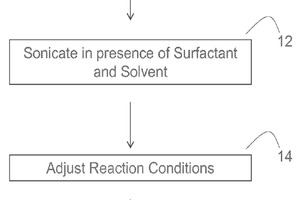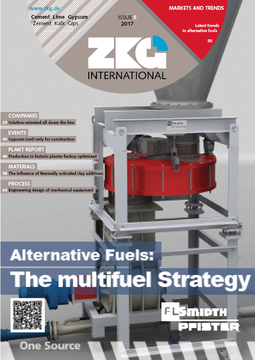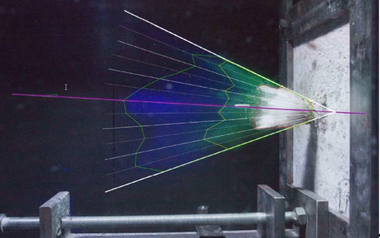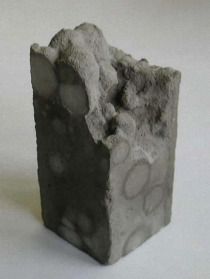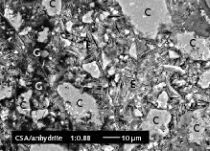Shape-controlled cement hydrate synthesis and self-assembly
(22) 06.05.2015
(43) 16.03.2017
(57) In some embodiments, the present disclosure pertains to methods of forming calcium-silicate-hydrate particles by mixing a calcium source with a silicate source. In some embodiments, the mixing comprises sonication. In some embodiments, the mixing occurs in the presence of a surfactant and a solvent. In some embodiments, the methods of the present disclosure further comprise a step of controlling the morphology of the calcium-silicate-hydrate particles. In some embodiments, the step of controlling the morphology of calcium-silicate-hydrate particles comprises selecting a stoichiometric ratio of the calcium source over the silicate source. In some embodiments, the formed calcium-silicate-hydrate particles have cubic shapes. In some embodiments, the formed calcium-silicate-hydrate particles have rectangular shapes. In some embodiments, the formed calcium-silicate-hydrate particles are in the form of self-assembled particles of controlled shapes. Additional embodiments of the present disclosure pertain to compositions that contain the calcium silicate-hydrate particles of the present disclosure.
(71) William Marsh Rice University, Houston, TX (US)
(73) William Marsh Rice University, Houston, TX (US)

